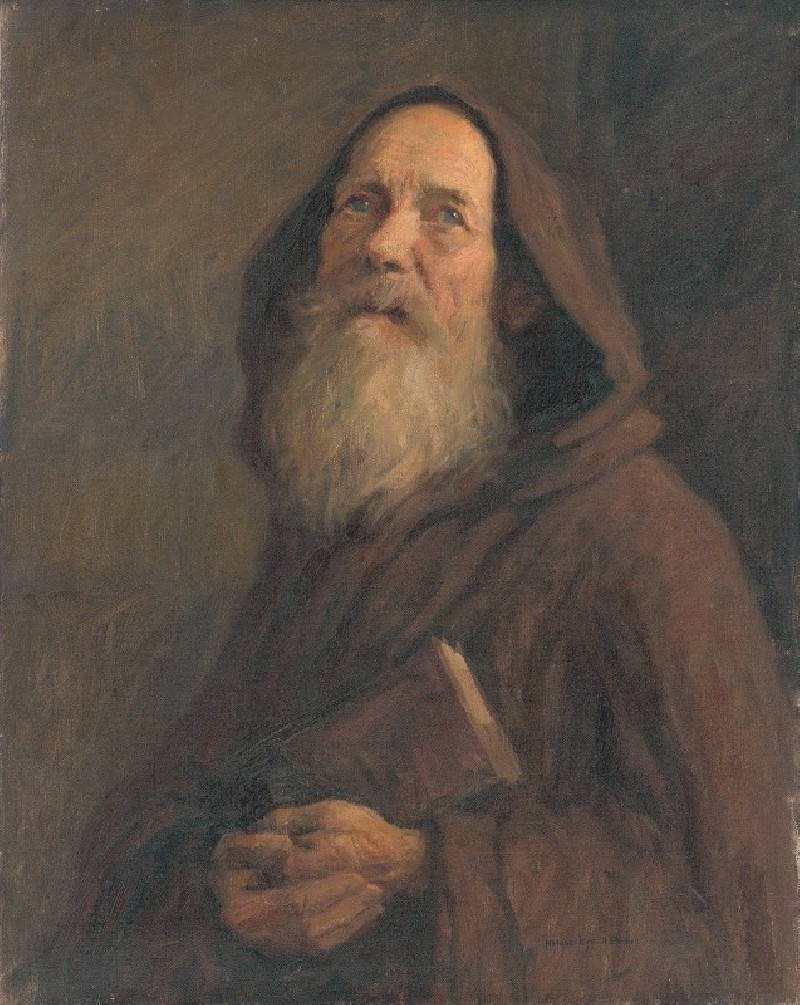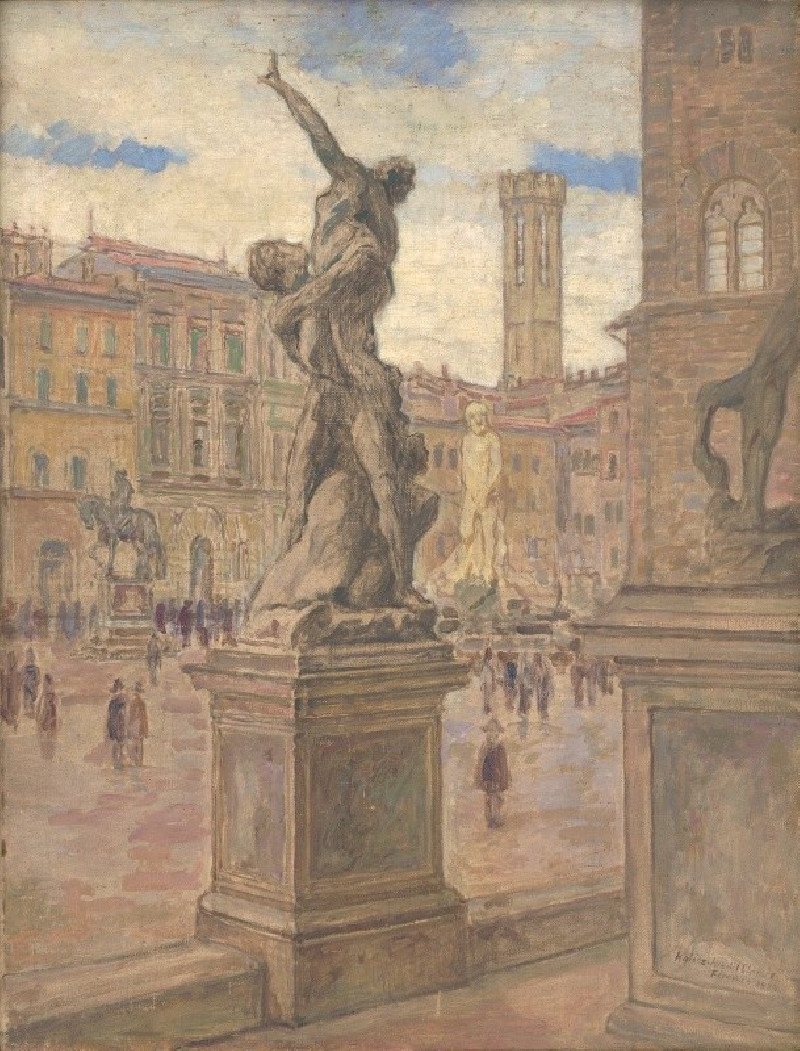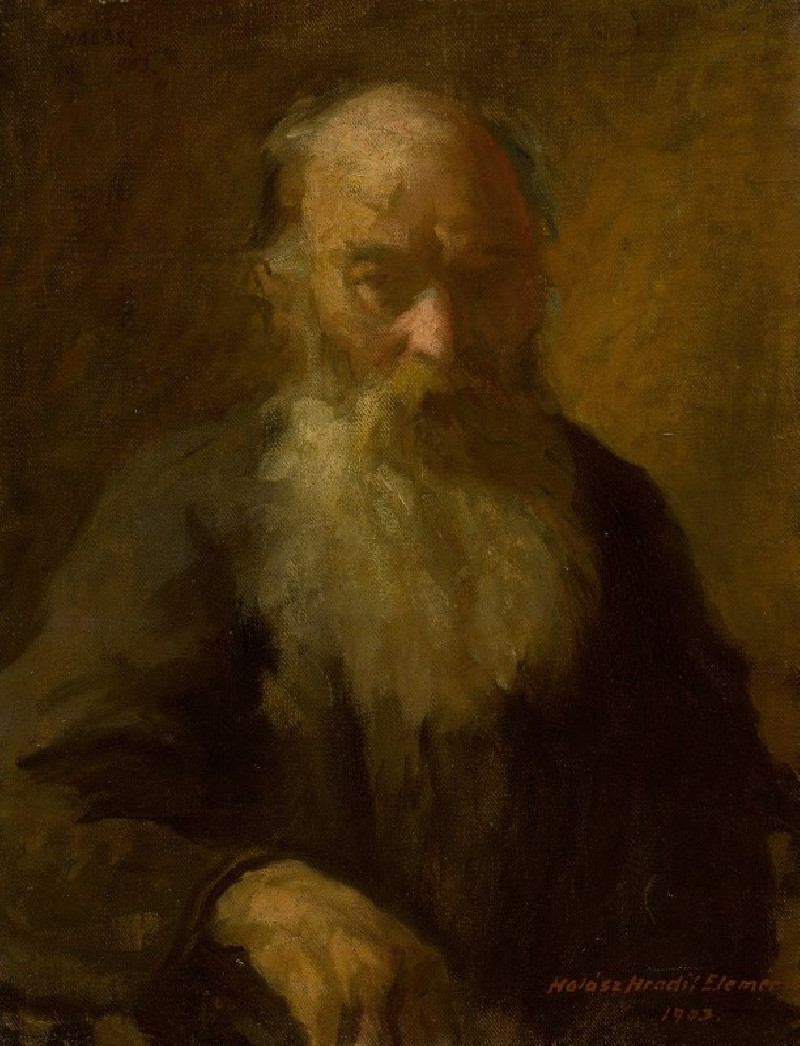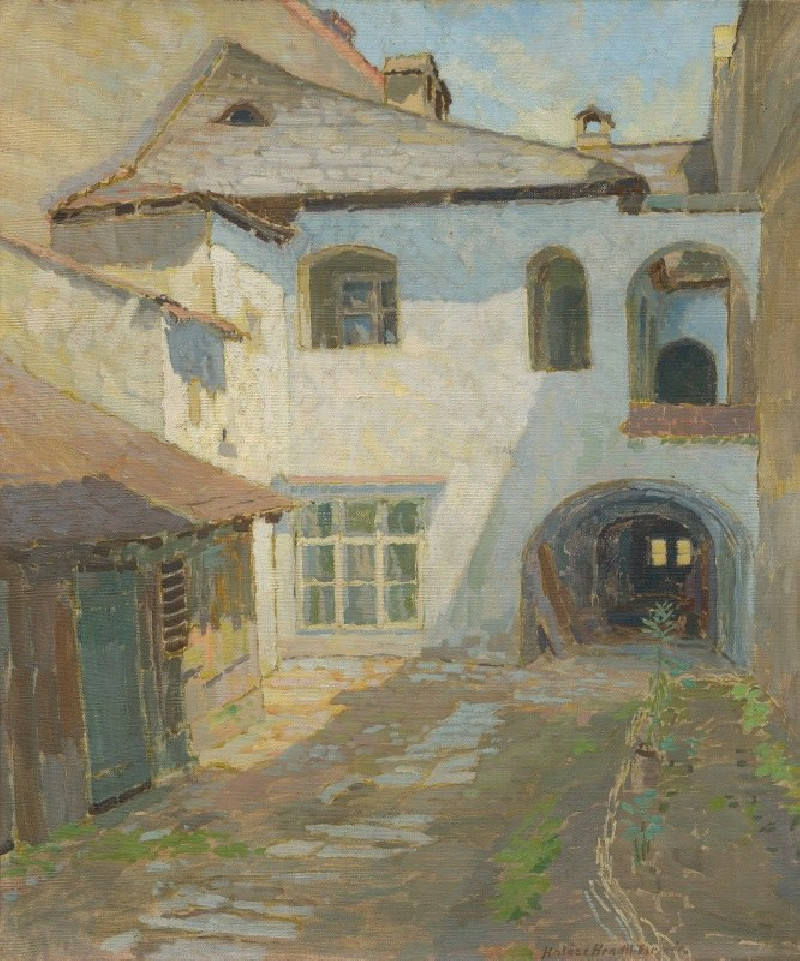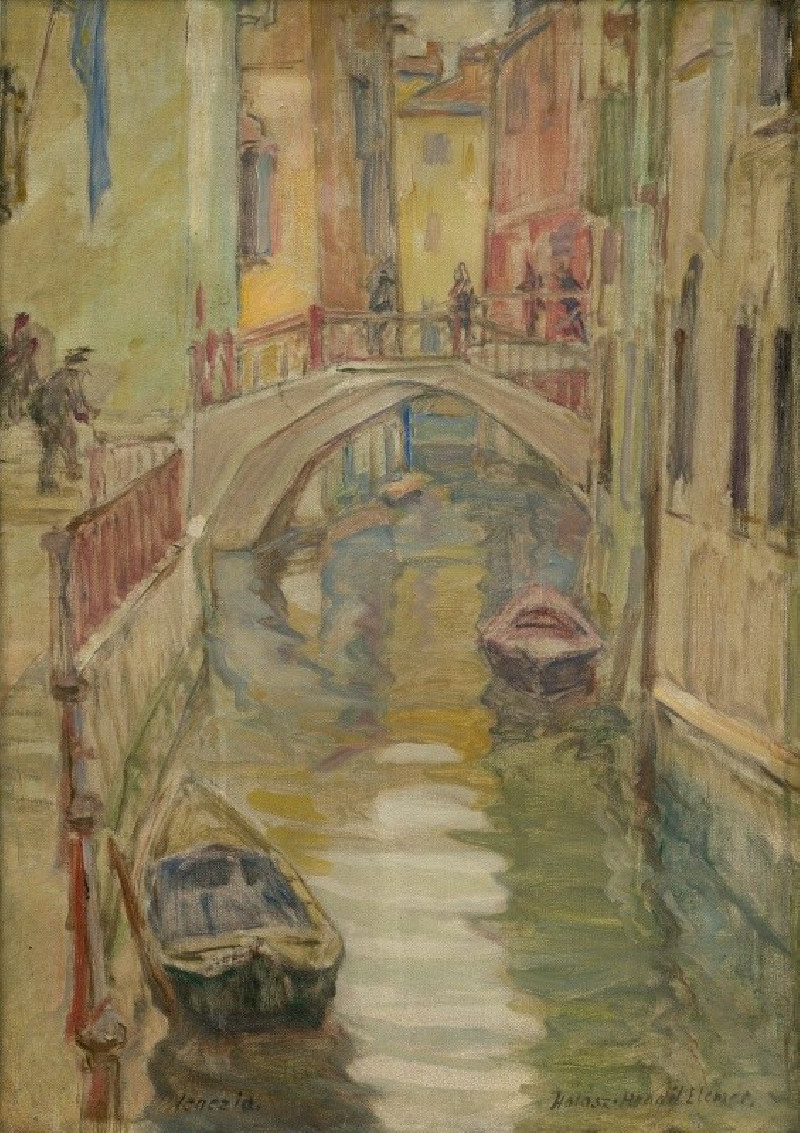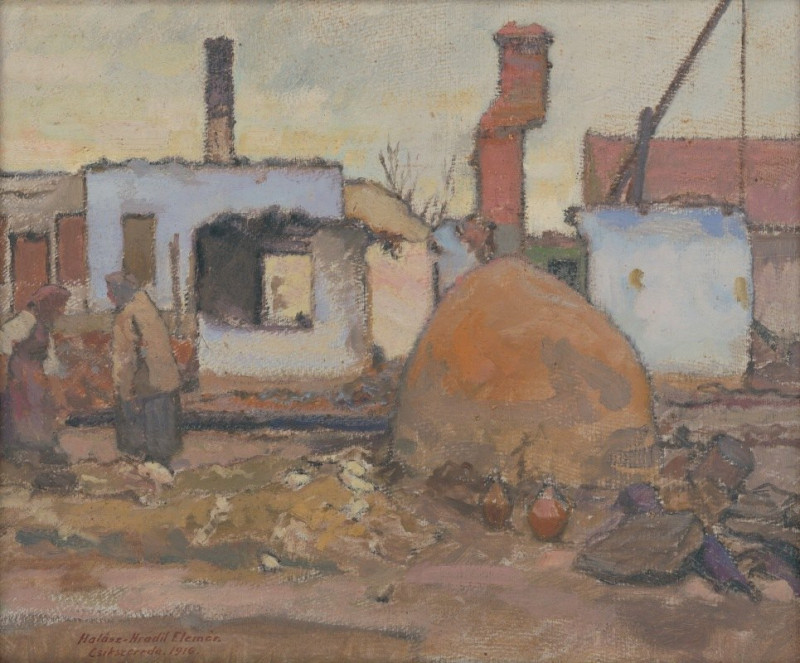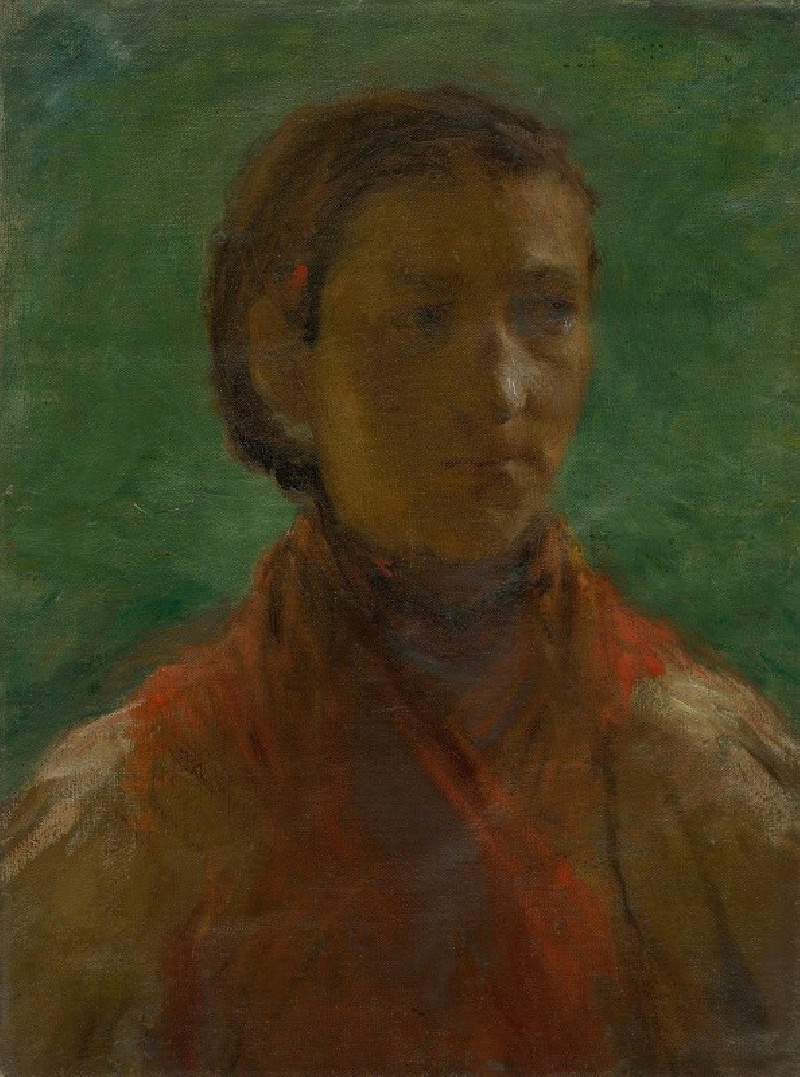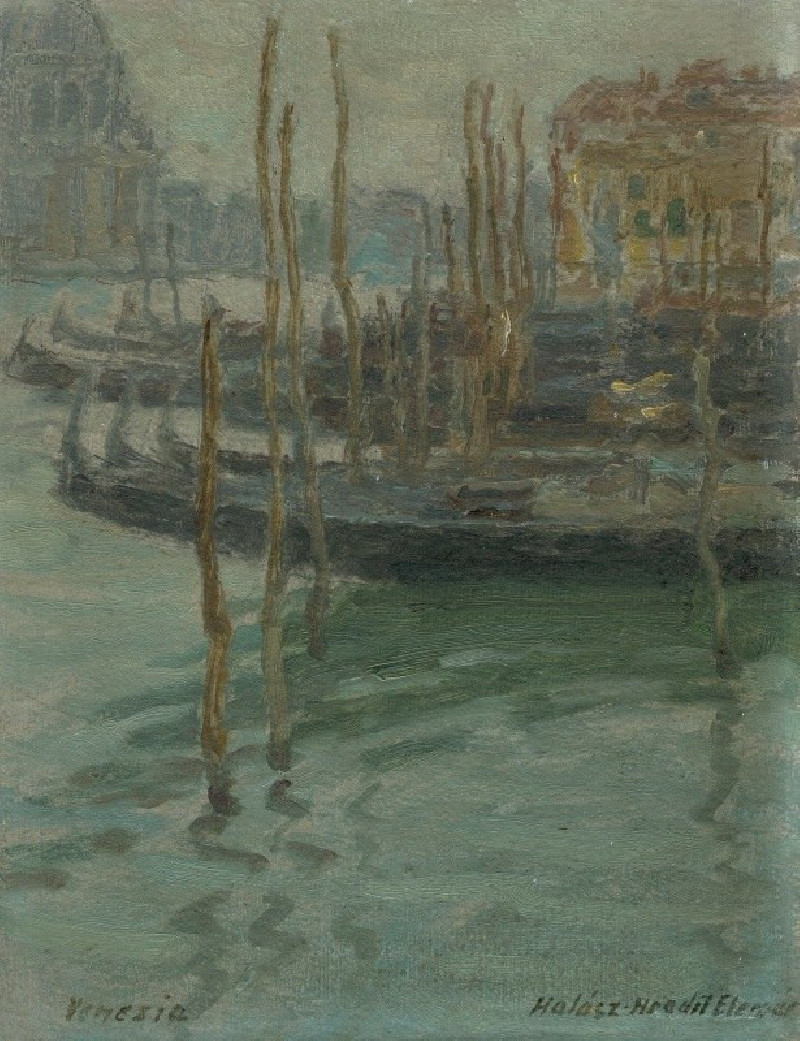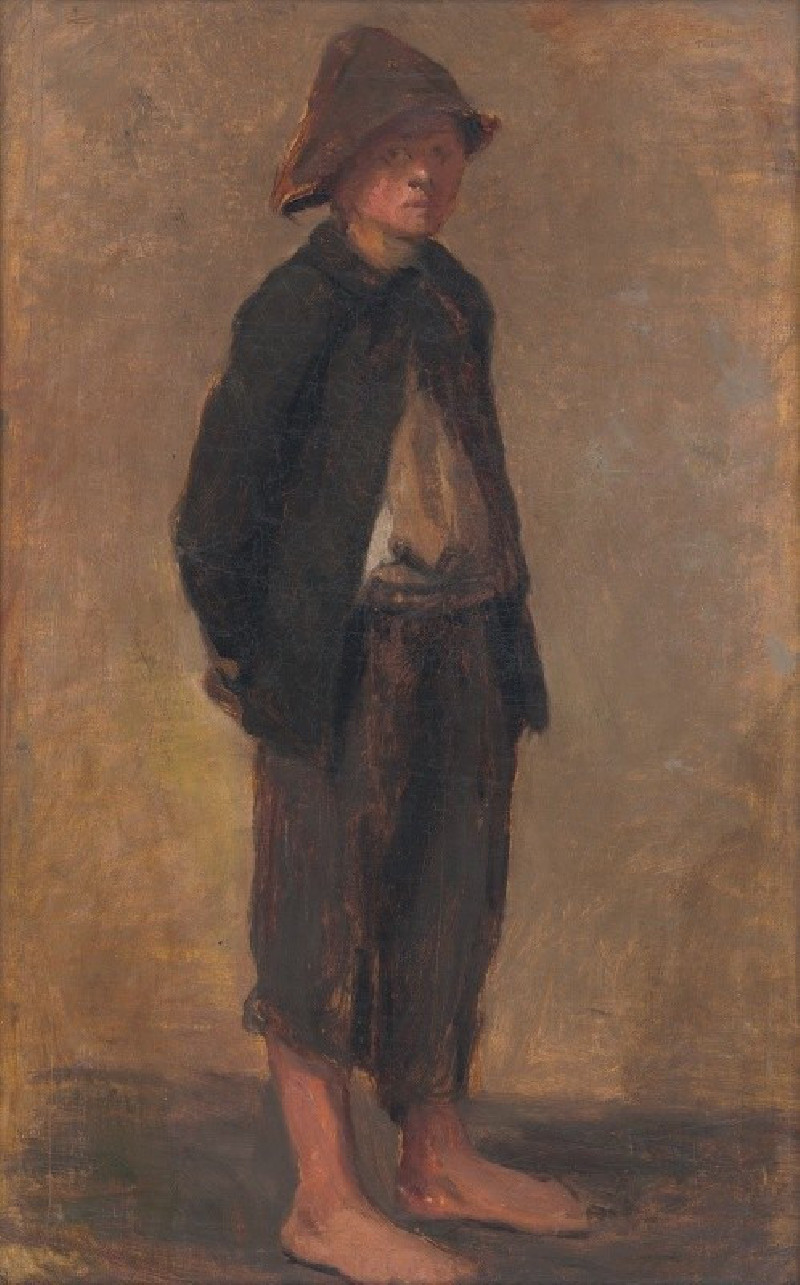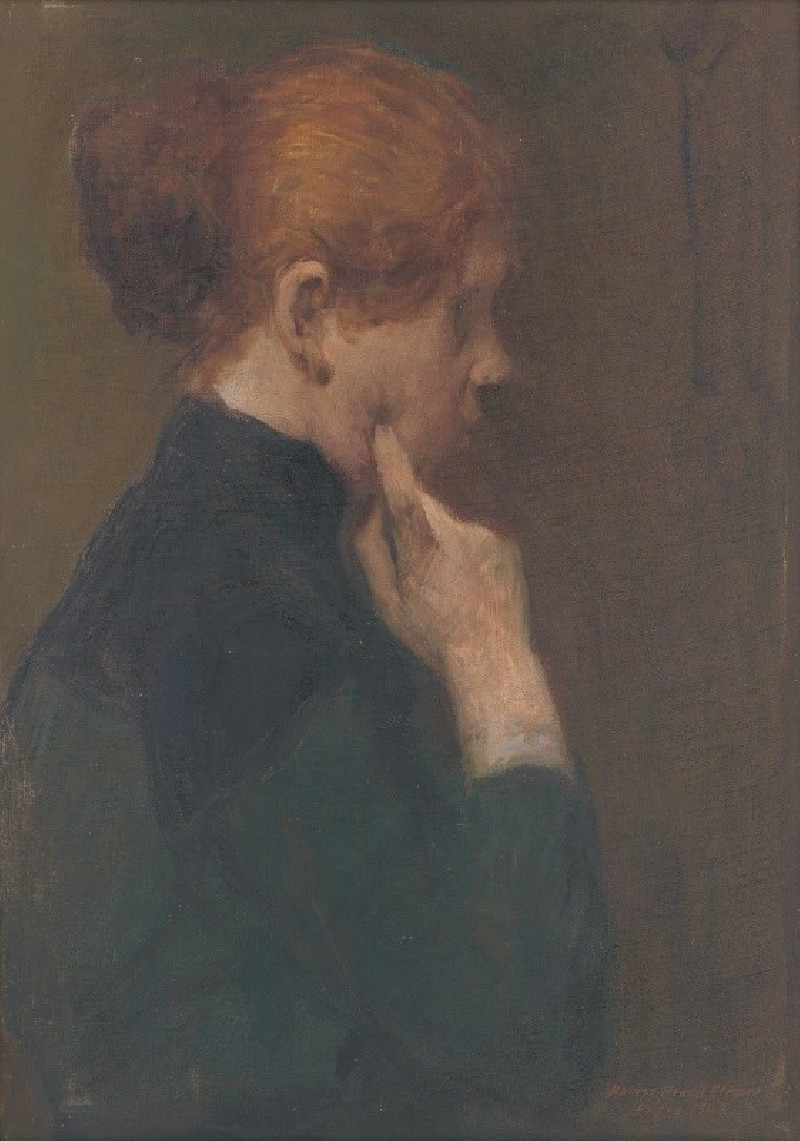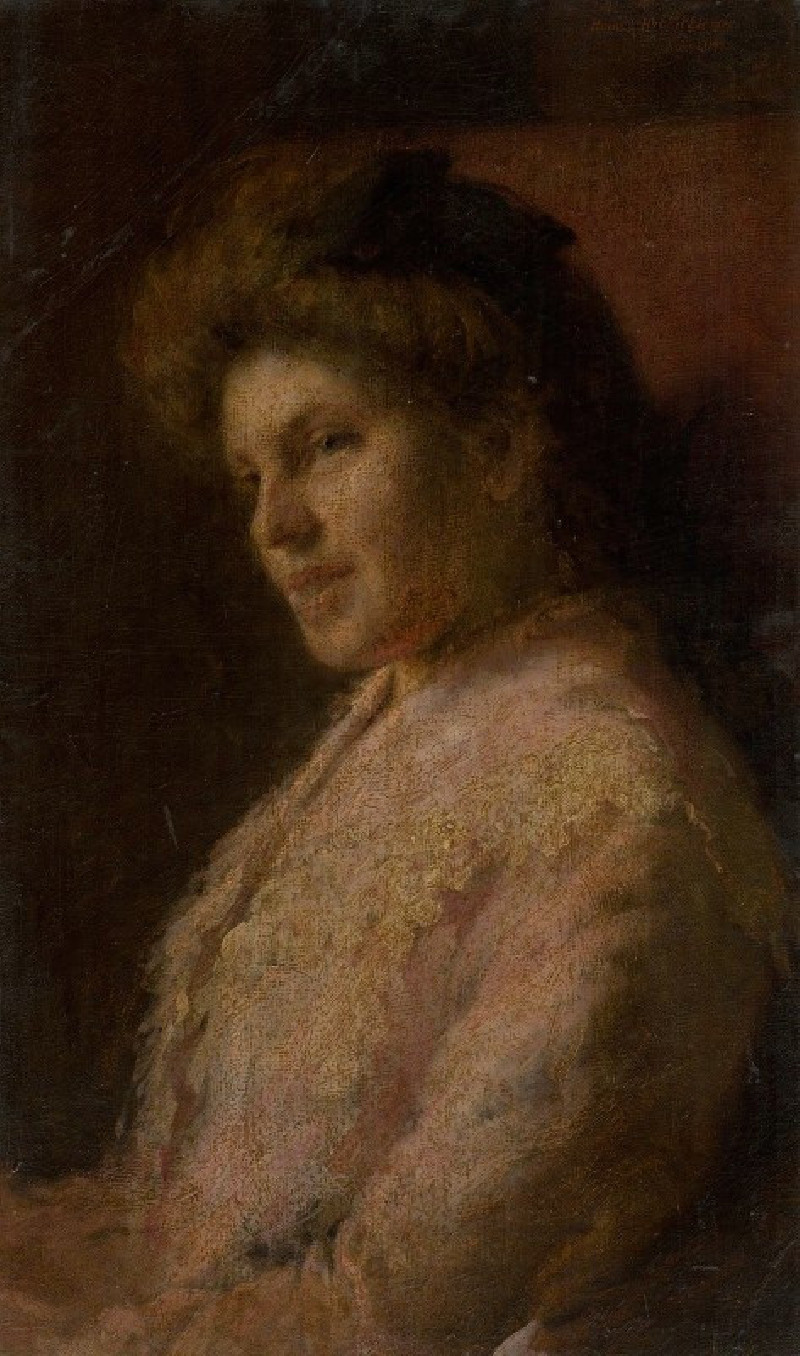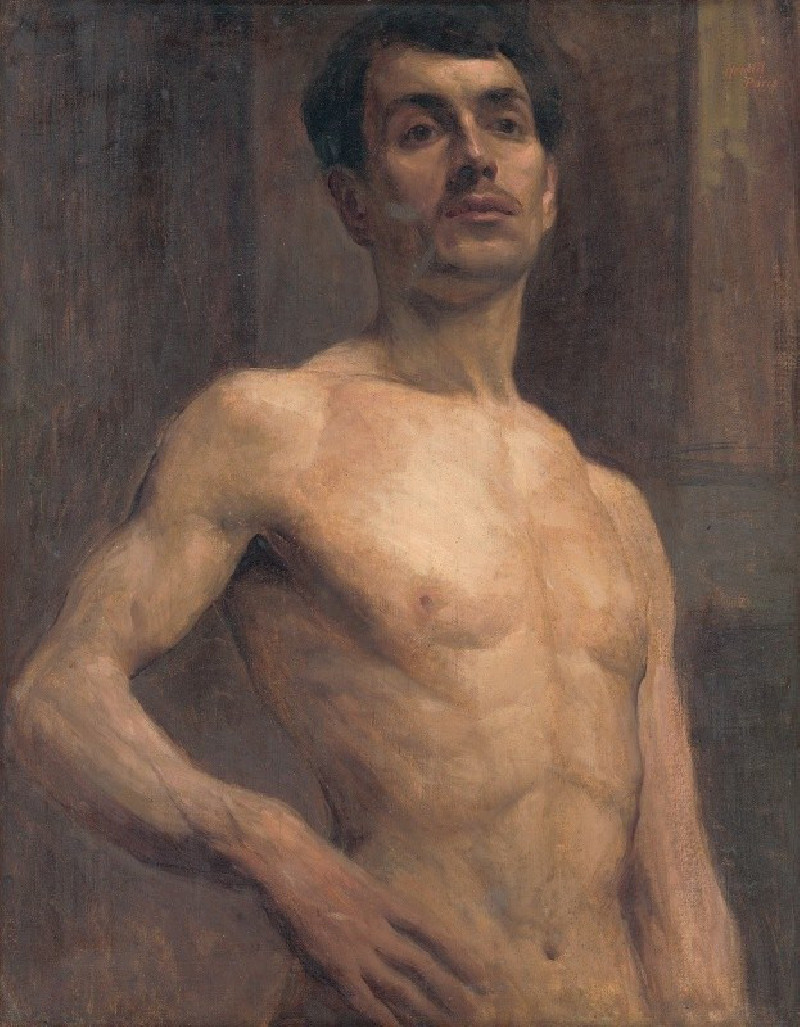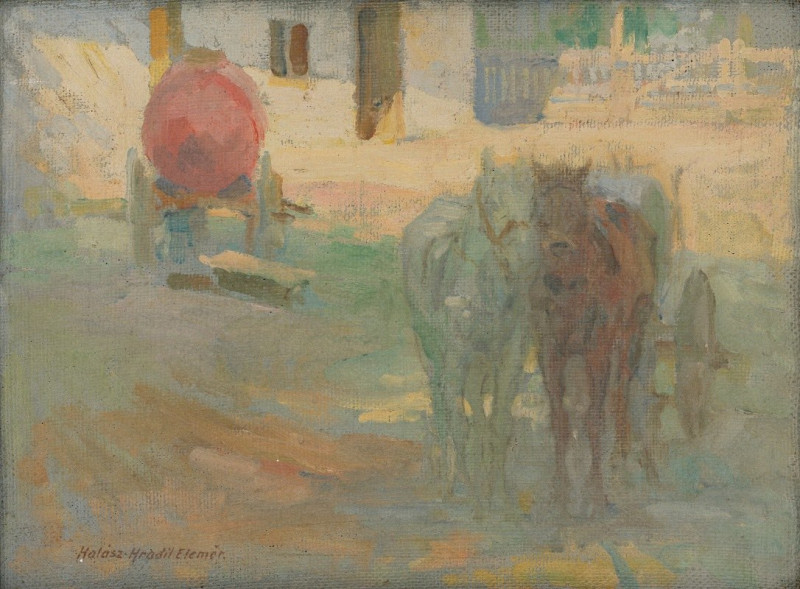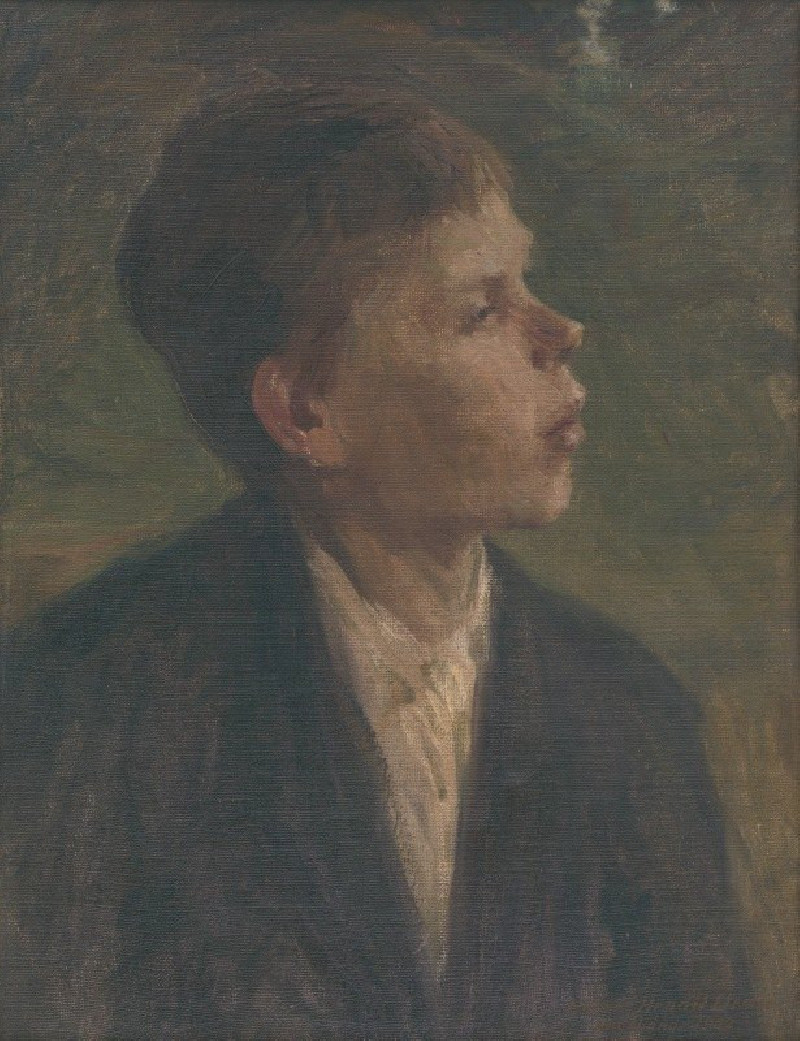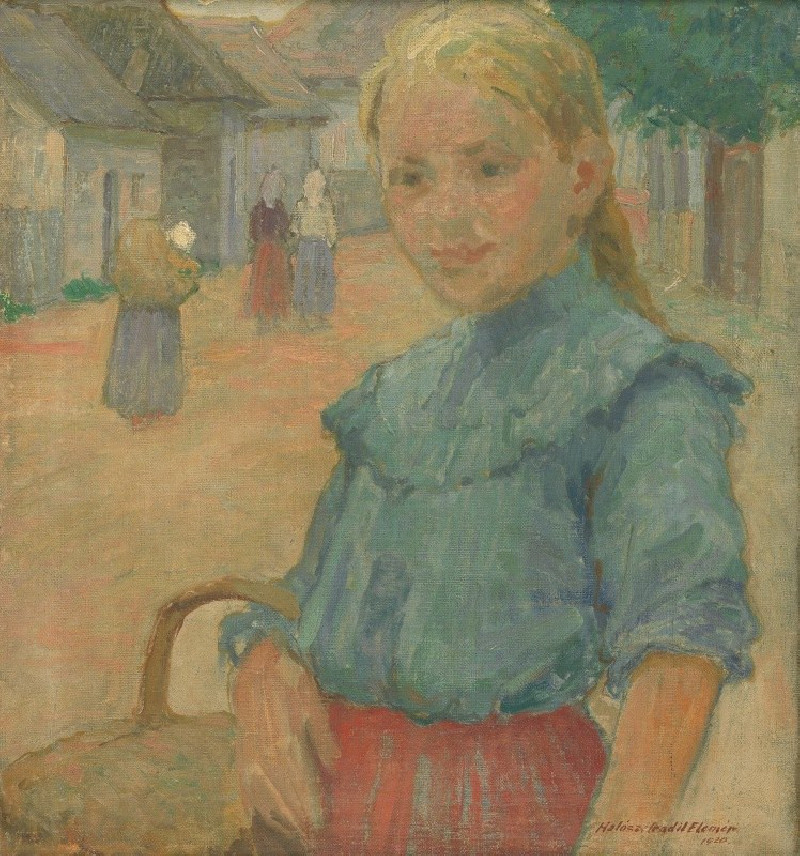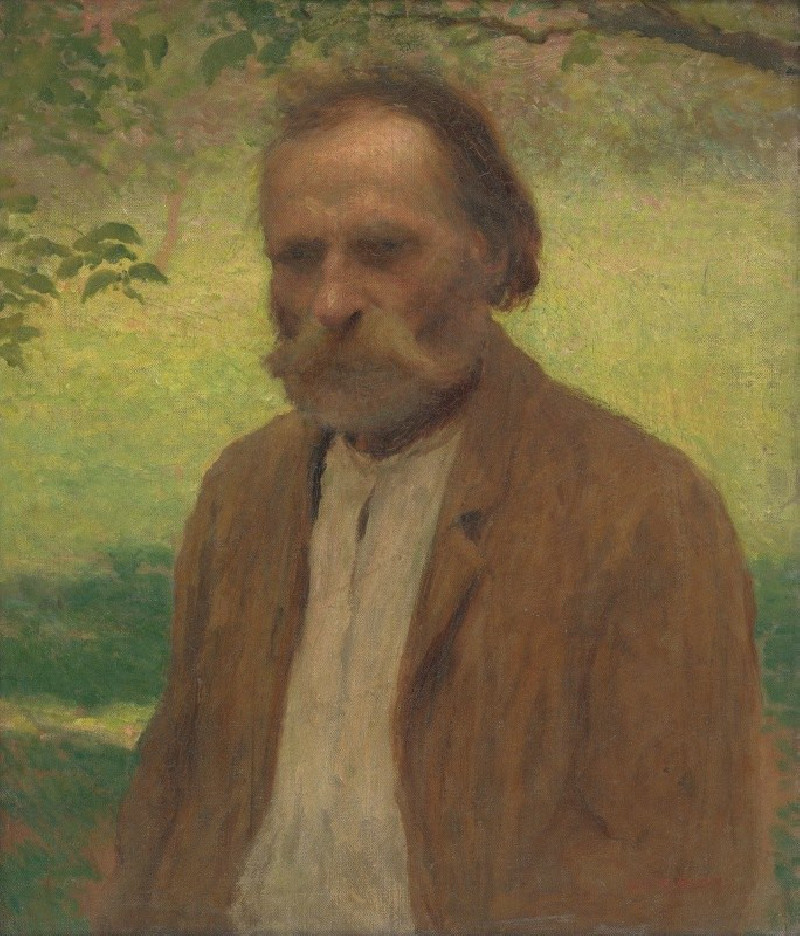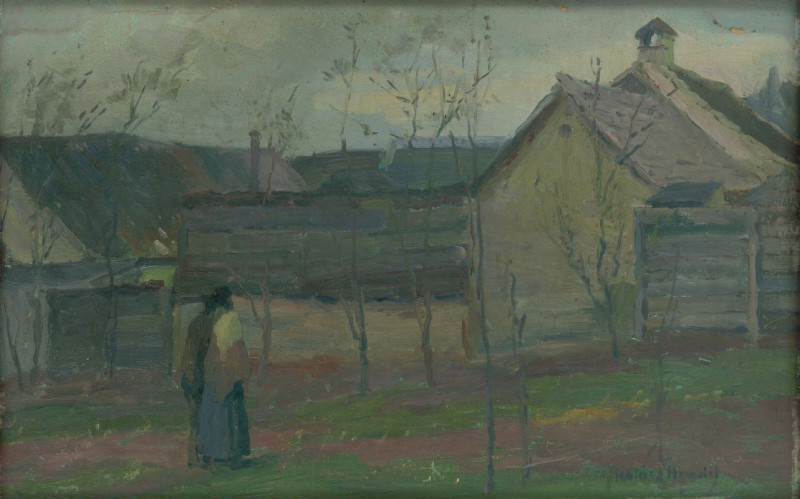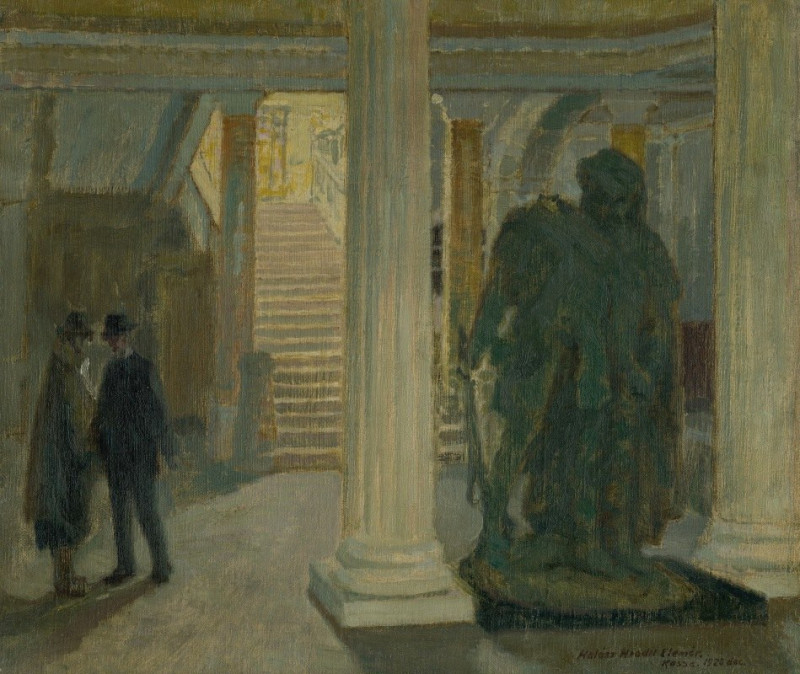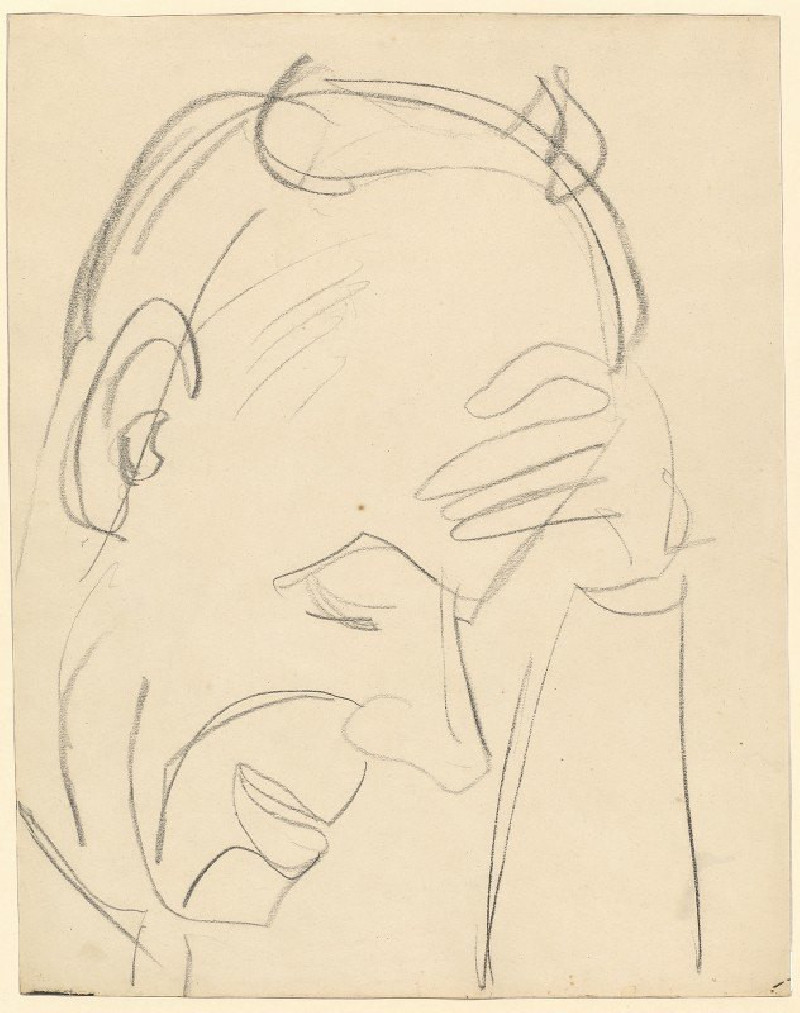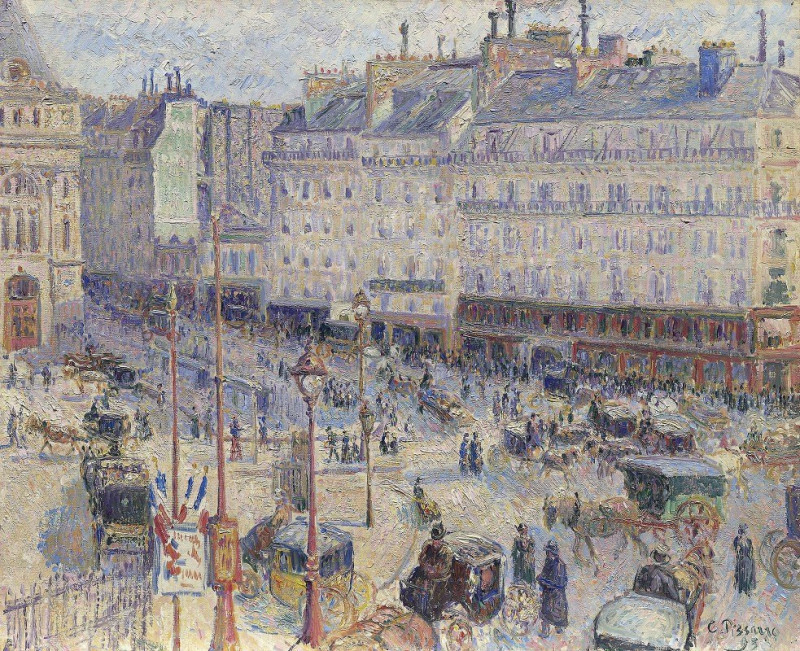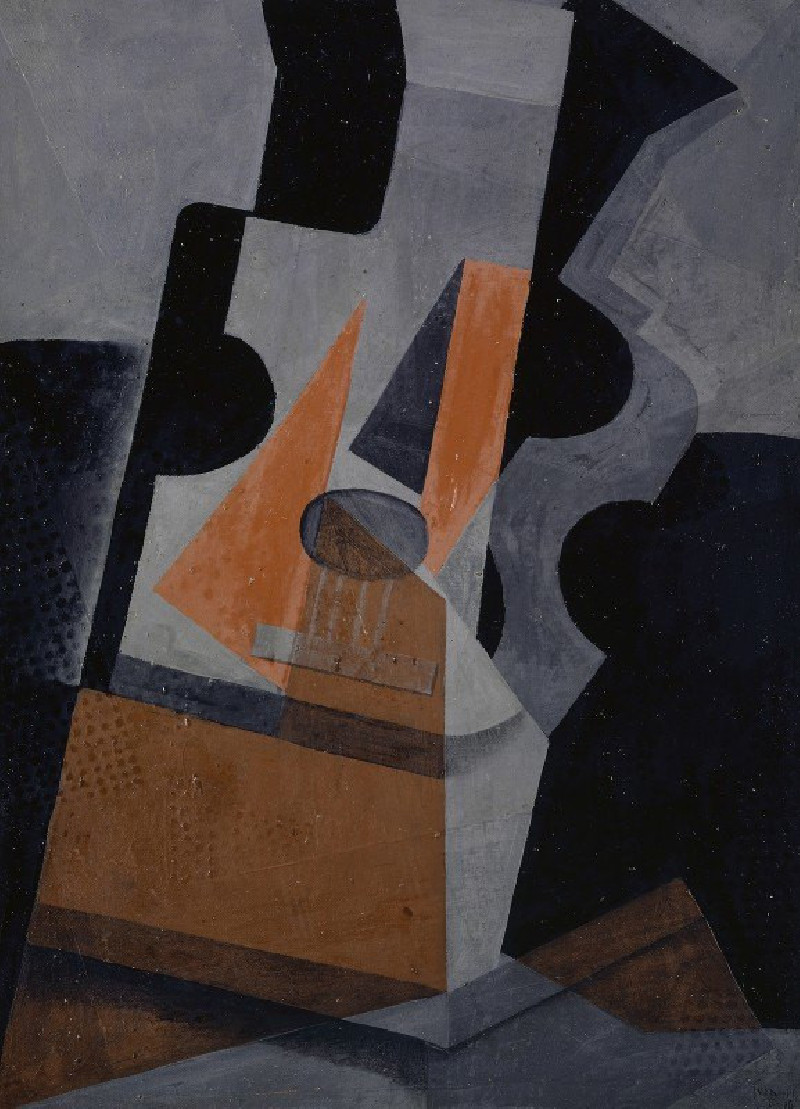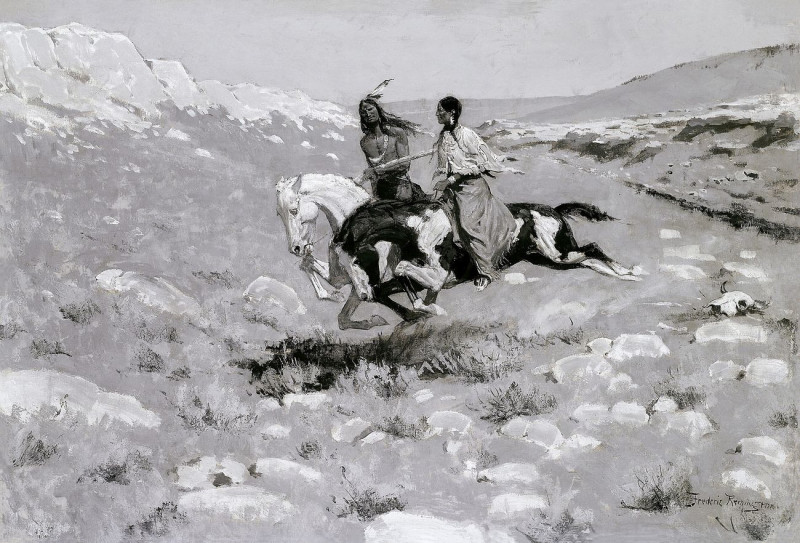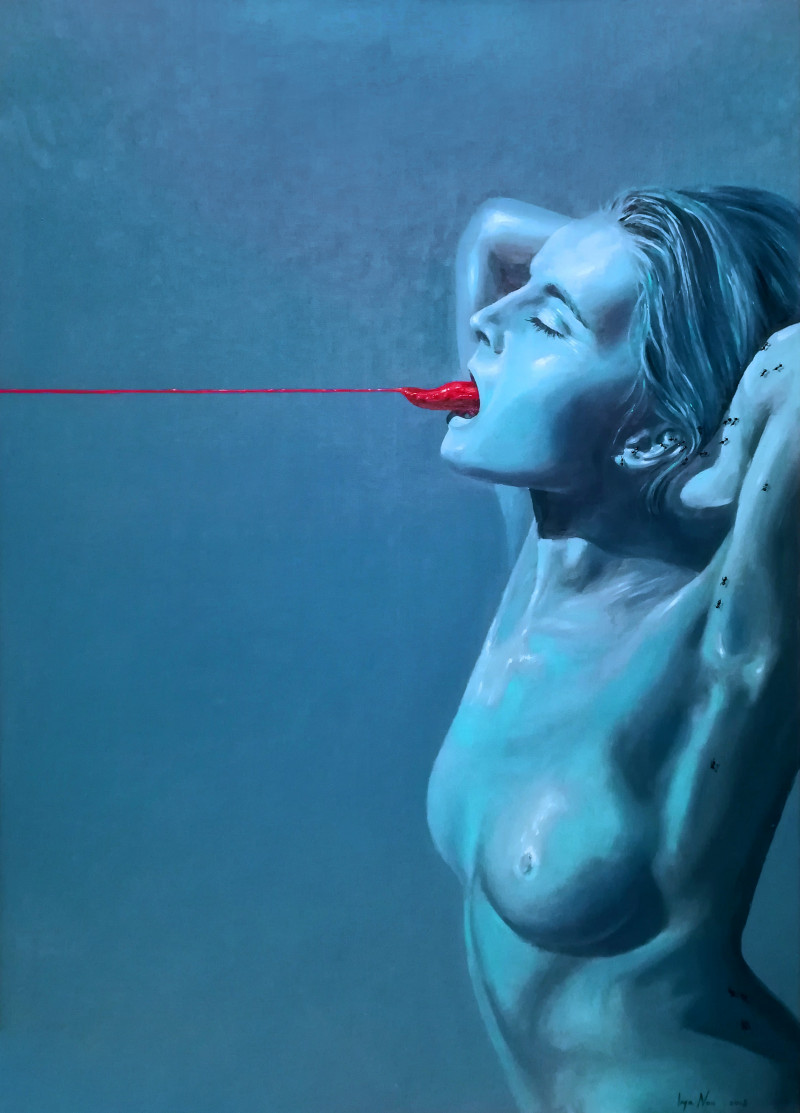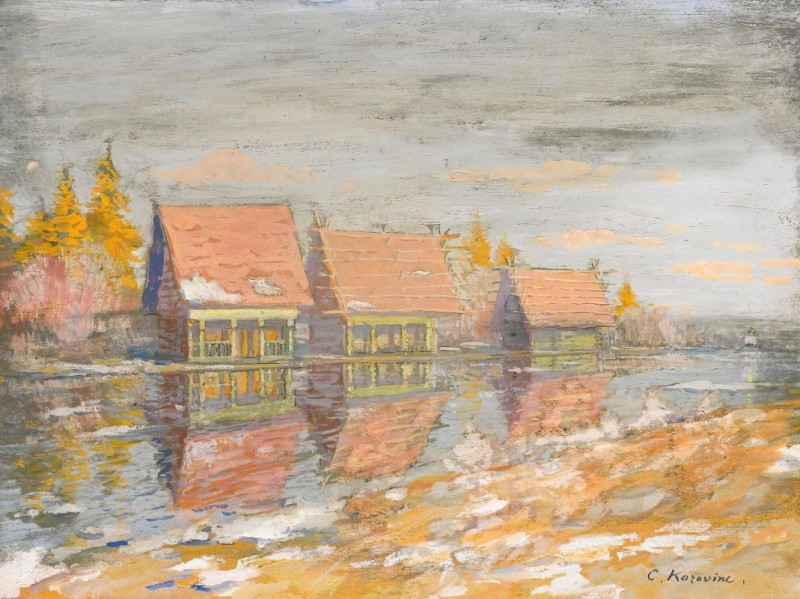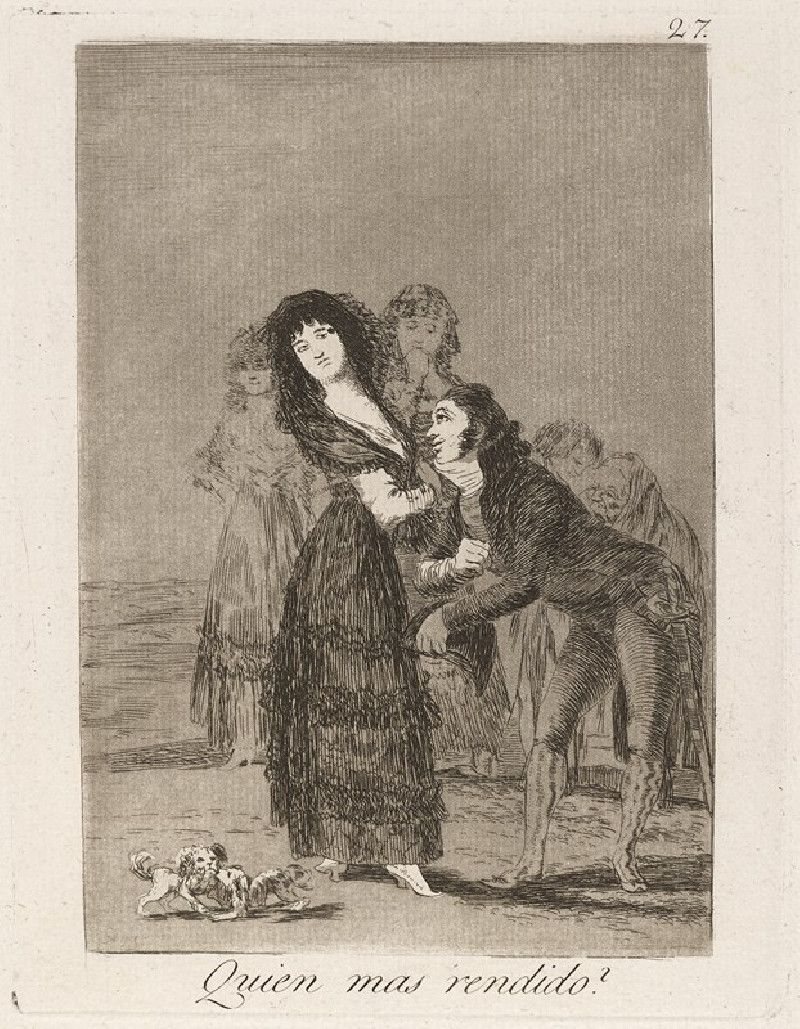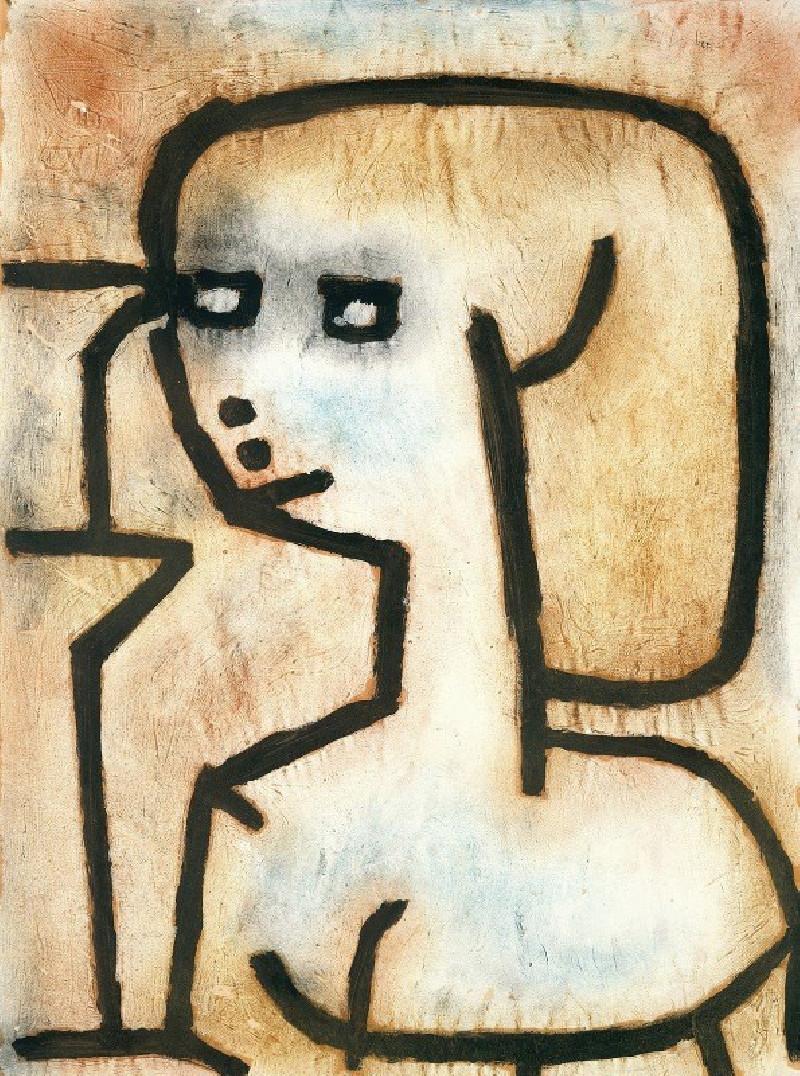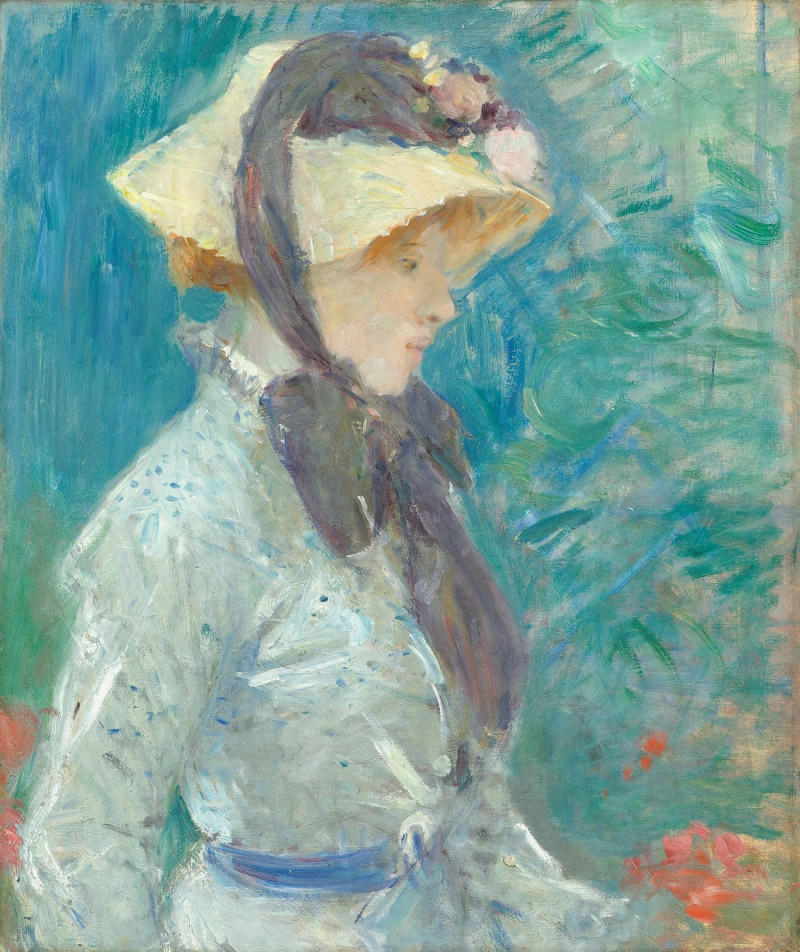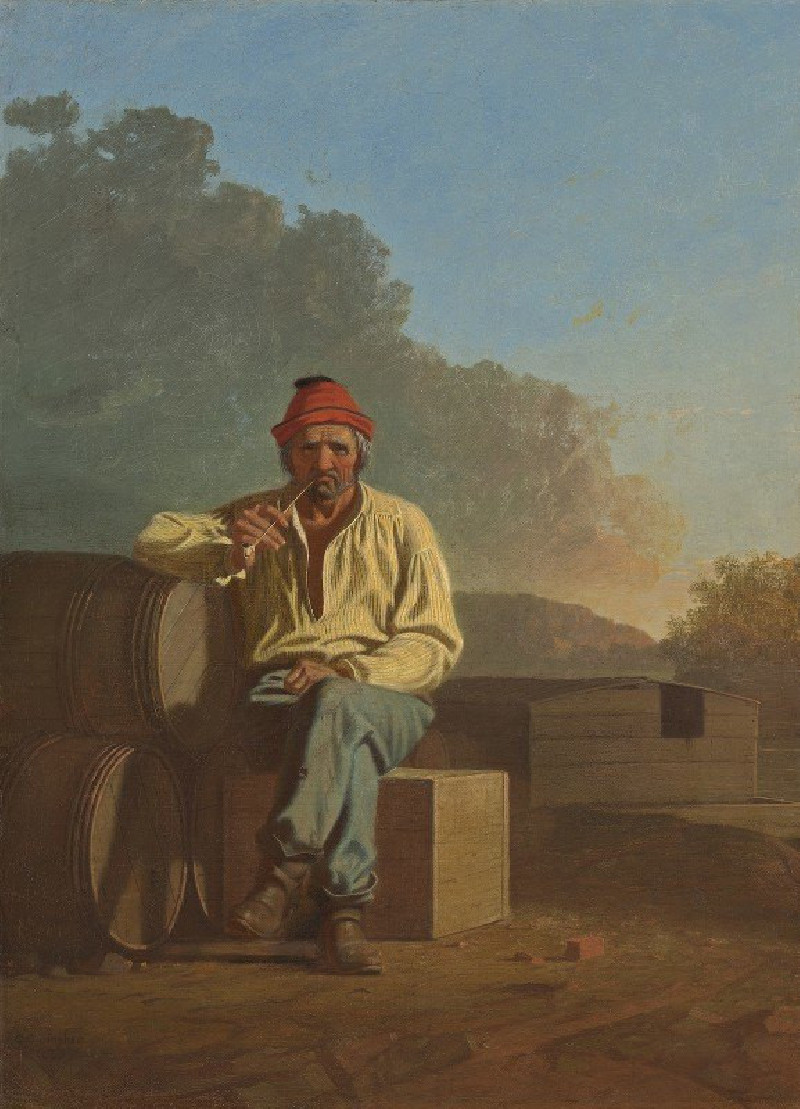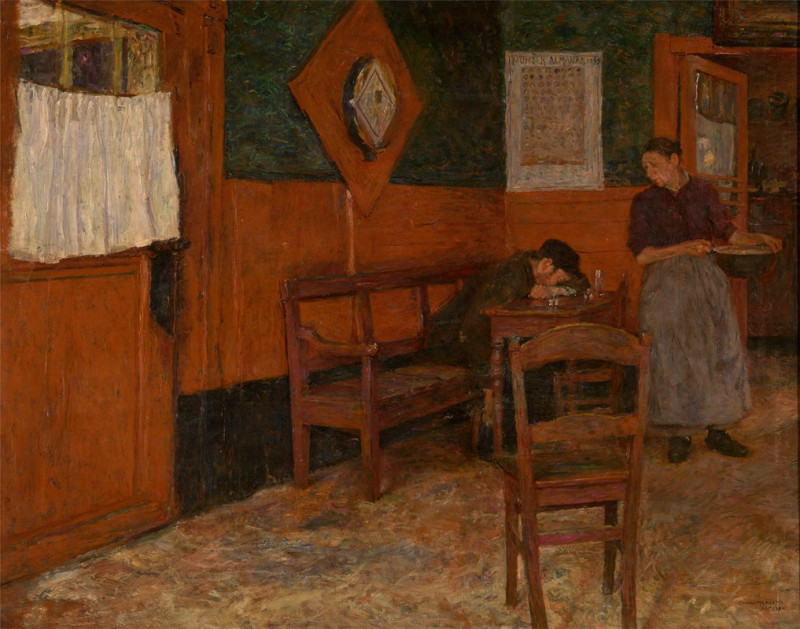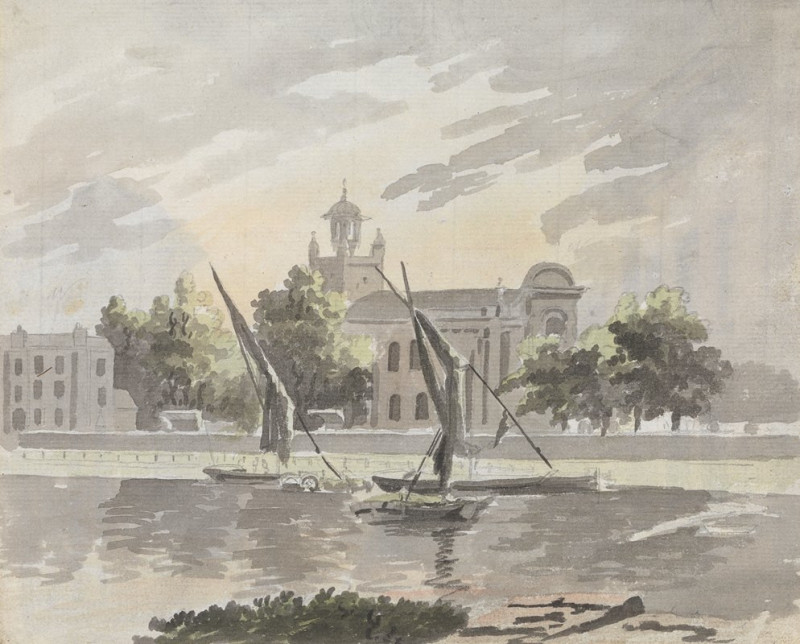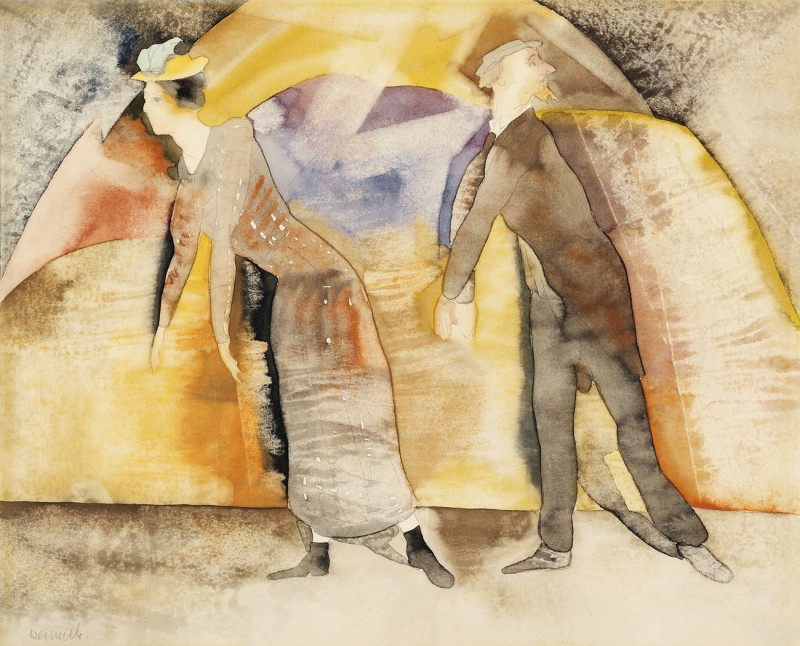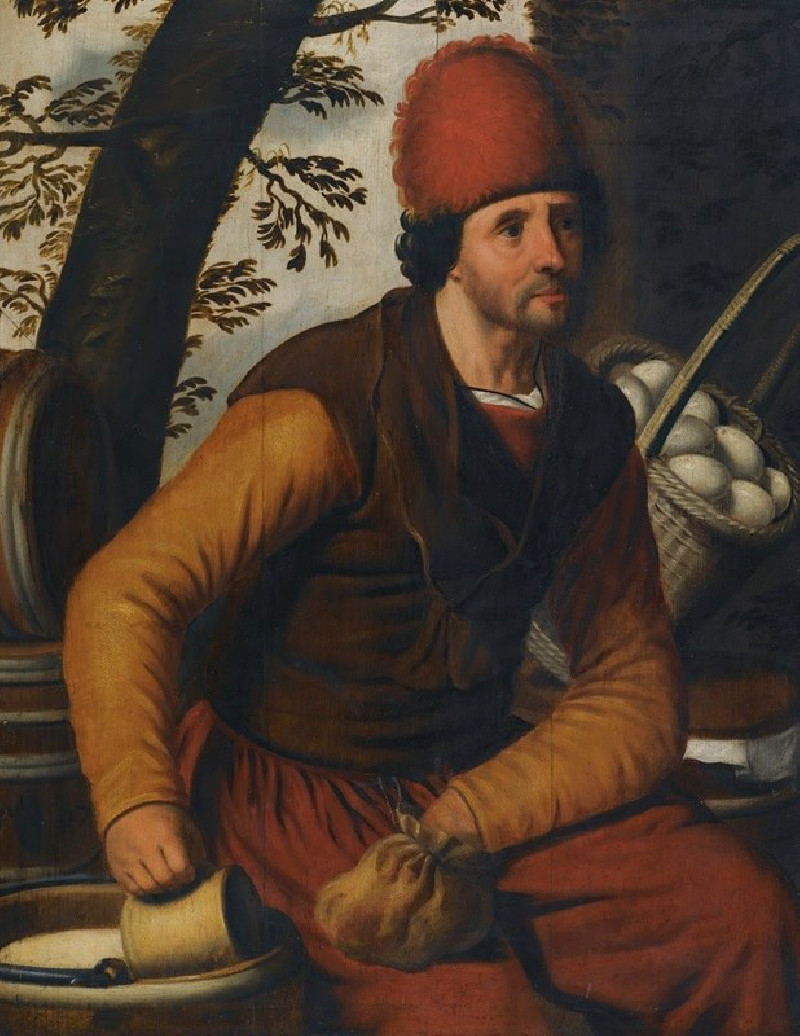Lunch of the Poor (1939)
Technique: Giclée quality print
Recommended by our customers
More about this artwork
Elemír Halász-Hradil's evocative painting, "Lunch of the Poor," painted in 1939, captures a poignant scene of everyday life that emphasizes humanitarian themes and the social realities of its time. The artwork is a rich tableau of figures that appear to gather in a courtyard, possibly waiting to receive food, highlighting a moment in their daily struggle for sustenance.The painting is characterized by its vibrant yet muted color palette, which lends a softness to the harsh reality depicted, and allows the viewer to engage with the scene on a deeper emotional level. The artist uses loose, expressive brushstrokes that create a sense of movement and chaos among the crowd, underscoring the sense of urgency and desperation that might be felt by the individuals portrayed.Set against the backdrop of modest buildings, with windows casting shadows over the figures, the environment contributes to the overall atmosphere of endurance and resilience. The central courtyard, bathed in light, contrasts with the shadowed facade of the buildings, suggesting a juxtaposition between hope and despair."Lunch of the Poor" invites viewers to reflect on the social issues of the time, and to consider the timeless themes of poverty and humanitarian assistance. It is a powerful reminder of the artist's role in documenting and commenting on the societal conditions of their era, encouraging empathy and understanding through the medium of art.
Delivery
Returns
Elemír Halász-Hradil (1873 m. - 1948 m.) was a Slovak painter of Hungarian origin.
He lived in Vienna from 1892 to 1894.The following year he moved to Košice. He studied at Simon Hollósy's private school in Munich from 1897 to 1901, he then continued his studies at the Académie Julian in Paris with Professor Jean-Paul Laurens from 1902 to 1903.
With a soft palette and hazy paint handling, Halász-Hradil executed a variety of quiet portraits and scenes of everyday life. Along with selling his paintings, Halász-Hradil made a living as a painting teacher.



